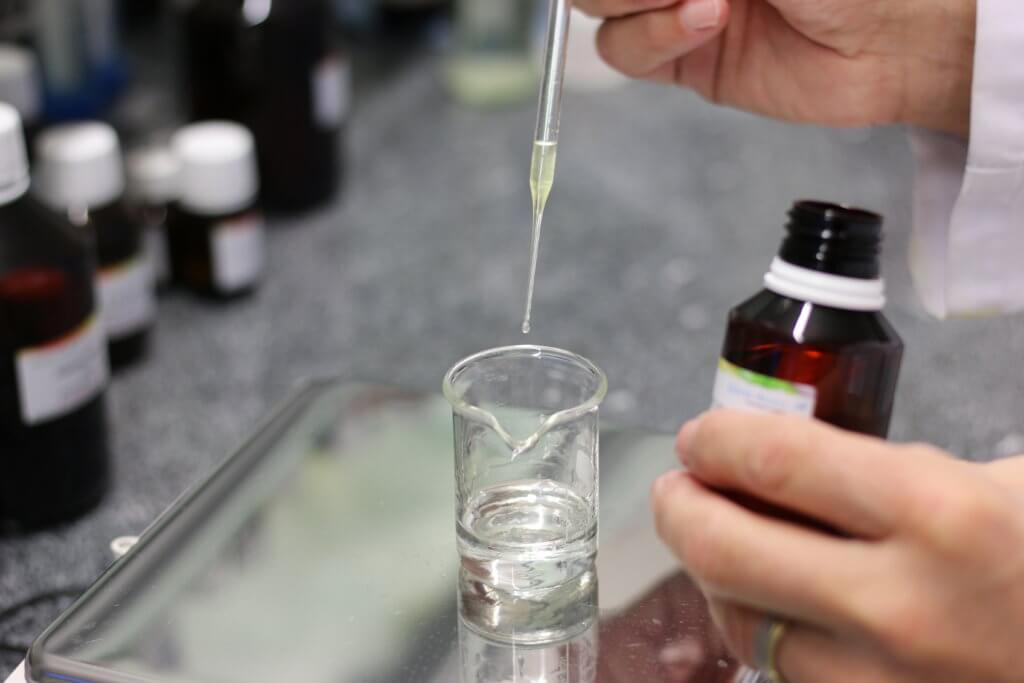Aroma creation / Aroma recreation
The Greek word ἄρωμα ároma originally meant "spice". In the food industry, a flavor is understood to be a preparation of flavoring ingredients to enhance the taste of food. From a chemical point of view, an aroma is not a single substance, but always a complex mixture of a large number of individual substances that are usually present in food in very small quantities. The flavors produced by the flavor industry are highly concentrated and mainly intended for use in industrial food production.

Flavor creation
In addition to the analytical examination of a food, sensory analysis is one of the most central elements in the development of flavors. It is used to describe and evaluate the properties of the food. In addition to visual perception, the senses of touch, smell, taste and hearing are used. Likewise, in sensory analysis, objective testing is consistently distinguished from subjective testing. The sensory skills for a reproducible, objective description of food must be learned or trained. The sensory testing of foods is subject to a independent methodology, which is equivalent in meaning to other analytical investigation methods and is synonymous.
By means of descriptive testing, an aroma profile can be created for an aroma. This is then the basis for imitating an aroma or for optimizing aromas during the development phase.
As a result, there are several ways in which a flavorist creates a flavor in the laboratory today. A flavorist deals with the development of flavors for the food industry. On the one hand, the analysis of food using gas chromatography forms the basis for flavoring. On the other hand, experienced, good flavorists can use purely sensory impressions to put together a flavor in the laboratory. To achieve good results, the ability to imagine the interactions of complex flavors broken down to the individual raw materials in the flavor must be learned. In addition to many years of experience, the creative side is just as important. To be a good flavorist, you don't necessarily have to have a scientific background. The creation of flavors can certainly be regarded as a kind of art.
A wide variety of flavors are created in the laboratory from high-quality raw materials (essential oils, fruit esters, aldehydes, alcohols, etc.). A balanced, authentic flavor profile orthonasal (in the nose), as well as retronasal (in the mouth) is the top priority. With the help of the knowledge gained through experience, new flavors are continuously developed, or existing flavors are modified. In the creation of new flavor compositions, in addition to the flavoring substances, natural extracts & oils are also used, which give the product a specific character.
